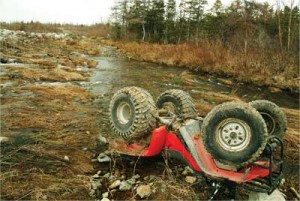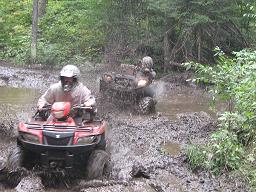
Making a clean ATV out of a muddy one takes more then 2 steps. It takes more then hosing it off and taking it for a drive. That is, if you care about your bike. Because if you clean your ATV properly you’re expanding its lifespan.
Before hosing off the ATV, close off the exhaust and air box. Either close off the exhaust with some duct tape or put a cloth into the back of the exhaust. Or use a silencer plug (Pro Grip Silencer Plug or MSR Racing Silencer Plug) and never hassle with cloths or tape again; this to prevent water from filtering through to the cylinder. Next, close of you air box as well, again using a large cloth to prevent water from filtering through to the carburetor.
BEFORE hosing off the bike, make sure your engine is cooled off. DO NOT & NEVER cool off your engine by spraying water on it! Because, if you do so, you’re increasing the chance you’ll pull your engine. Don’t force metal to contract faster then it naturally does when it naturally cools off. The same counts next time you want to take your ATV for a ride. Don’t take off immediately after you’ve started the engine. Give it some time to warm up first… Grant the metal some slack.
If you want to extend the life of your ATV, these are the most crucial points.
Just give your engine the time to cool off & warm up!
To best way to hose off the ATV is by making use of a high-pressure cleaner, preferably connected to a warm water tap. Make sure, if you buy a high-pressure cleaner, it has a minimal pressure of 60BAR. More pressure isn’t actually necessary, since the chance you’ll find yourself hosing off decals and graphics increases. If you do have more pressure then 60BAR, cleaning will go faster, but watch out for your decals and exposed holes. Of course you can also finish the job using a simple garden hose or bucket filled with water and soap. No problem!
There are two ways you can soap in your ATV.
– using a high compression cleaner that has a function to soap in,
– using ATV wash products, which is affective.
Either way, let the soap set for 5 minutes before you wash off.
TIP: Afterwards, check your the level of your Yamalube 2M and start your engine; let it run for a minute or two to ensure your engine will definitely start up next time you take it out.
Did you like this? Share it:
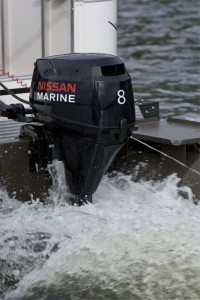 Most outboard motors will run fine for years with little or no attention. If you notice that your outboard motor is running at a slow speed or idle problem then you should consider getting a major tune which includes:
Most outboard motors will run fine for years with little or no attention. If you notice that your outboard motor is running at a slow speed or idle problem then you should consider getting a major tune which includes:

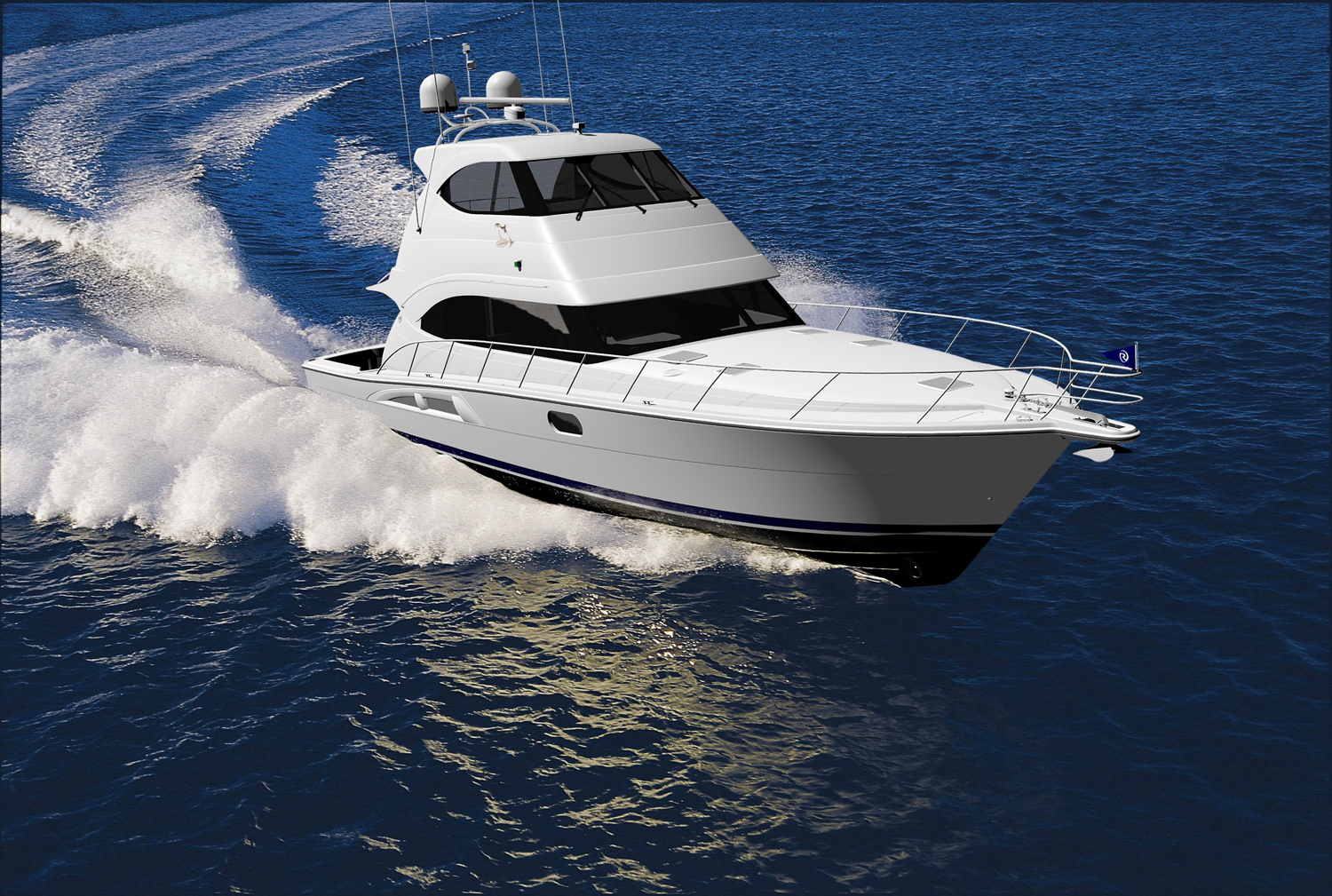
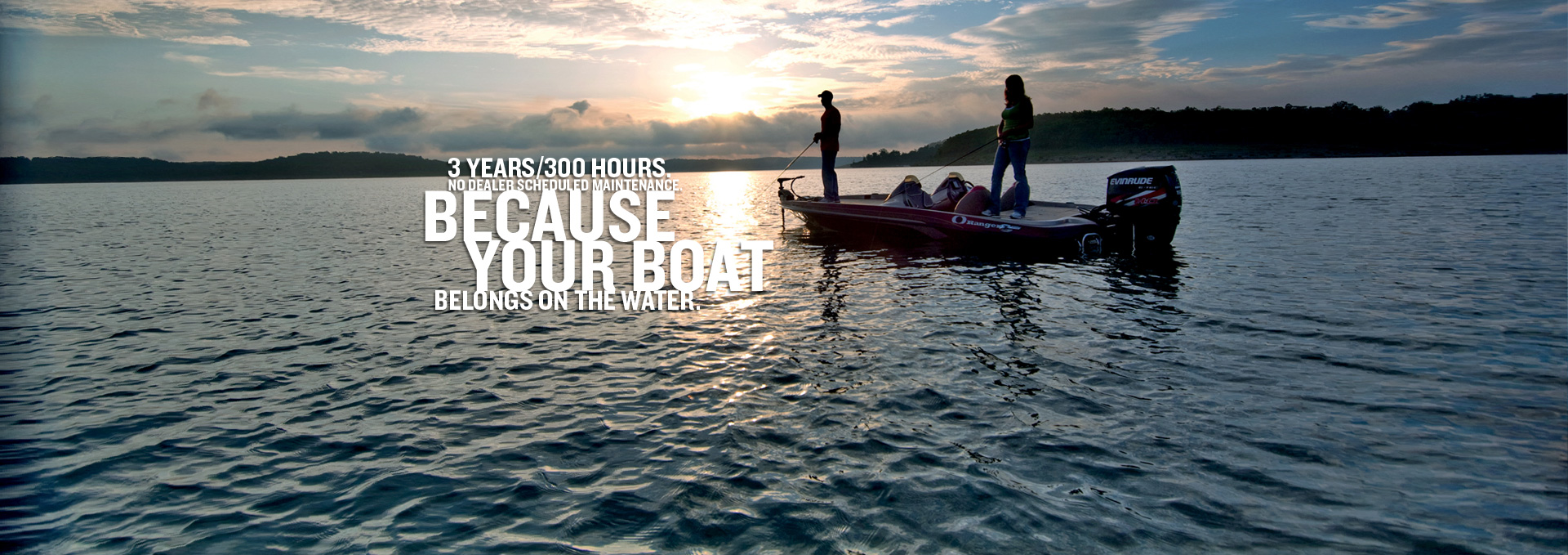
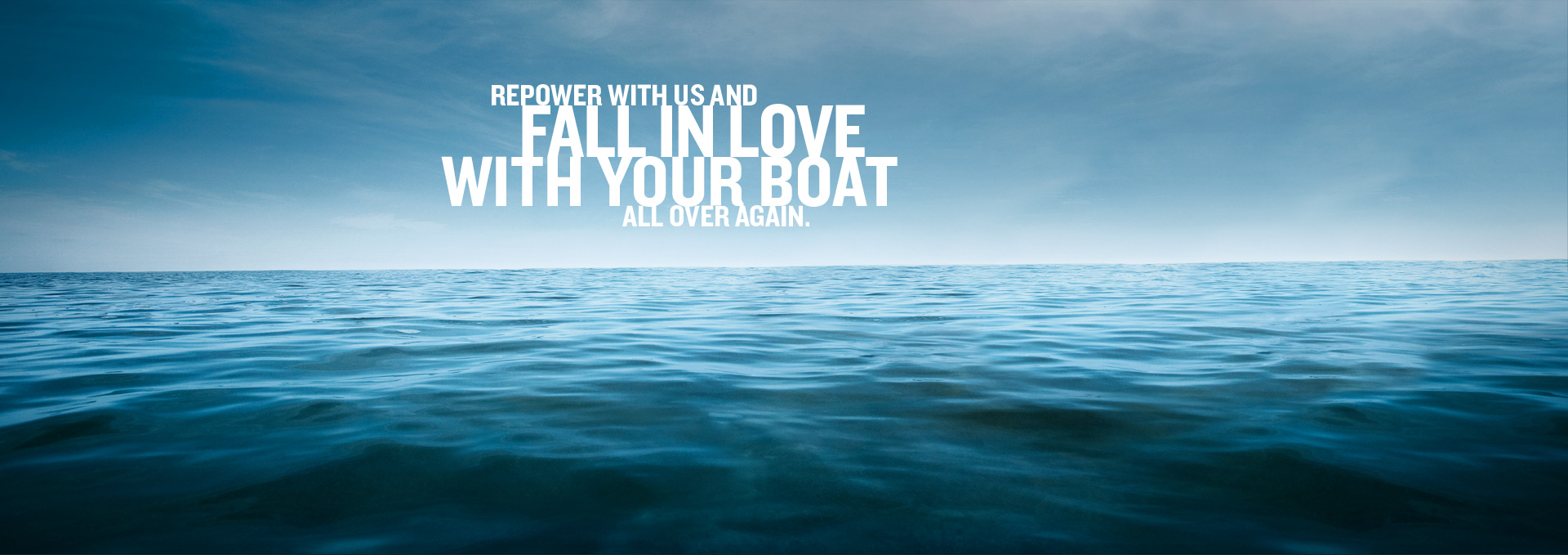
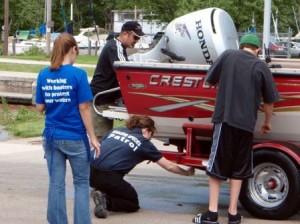
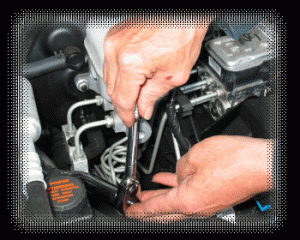
 Today there are literally hundreds of attachments and accessories for your ATV that can make it adept in virtually any climate. Not only will they allow you to tackle treacherous terrain, but they will also make your ride more comfortable, fun and safe. Just search for the right stuff for you and you can be on your way to a lot of fun trips.
Today there are literally hundreds of attachments and accessories for your ATV that can make it adept in virtually any climate. Not only will they allow you to tackle treacherous terrain, but they will also make your ride more comfortable, fun and safe. Just search for the right stuff for you and you can be on your way to a lot of fun trips. Any ATV enthusiast knows just how much abuse an ATV can take. Whether you take them through marshy land or over boulder fields, an ATV is often revved and ridden over tough terrain. In addition to receiving the inevitable scratches and dents that come with that rough terrain, your ATV is also likely to sustain more superficial damage such as excessive mud and dirt. But if you want to keep your ATV shiny after a full day of riding, it’s not that difficult.
Any ATV enthusiast knows just how much abuse an ATV can take. Whether you take them through marshy land or over boulder fields, an ATV is often revved and ridden over tough terrain. In addition to receiving the inevitable scratches and dents that come with that rough terrain, your ATV is also likely to sustain more superficial damage such as excessive mud and dirt. But if you want to keep your ATV shiny after a full day of riding, it’s not that difficult.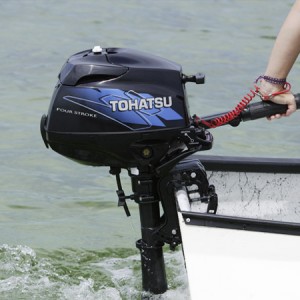 After dealing with motor vehicles for the better part of my life, this question is one of the most consistent and polarizing that I encounter. Many people simply think that four is better than two, while others assume that a two-stroke must be more efficient. The truth of the matter is that the type of engine that you choose is dependent upon your particular needs and wants.
After dealing with motor vehicles for the better part of my life, this question is one of the most consistent and polarizing that I encounter. Many people simply think that four is better than two, while others assume that a two-stroke must be more efficient. The truth of the matter is that the type of engine that you choose is dependent upon your particular needs and wants.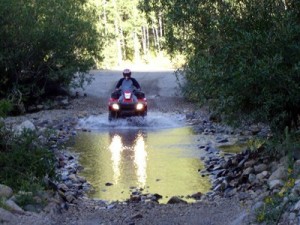
 The last two days we have reviewed some of the basic checks that you should go through every time that you take your snowmobile out. Once you have ensured that the
The last two days we have reviewed some of the basic checks that you should go through every time that you take your snowmobile out. Once you have ensured that the  Yesterday we discussed how to check the
Yesterday we discussed how to check the 
